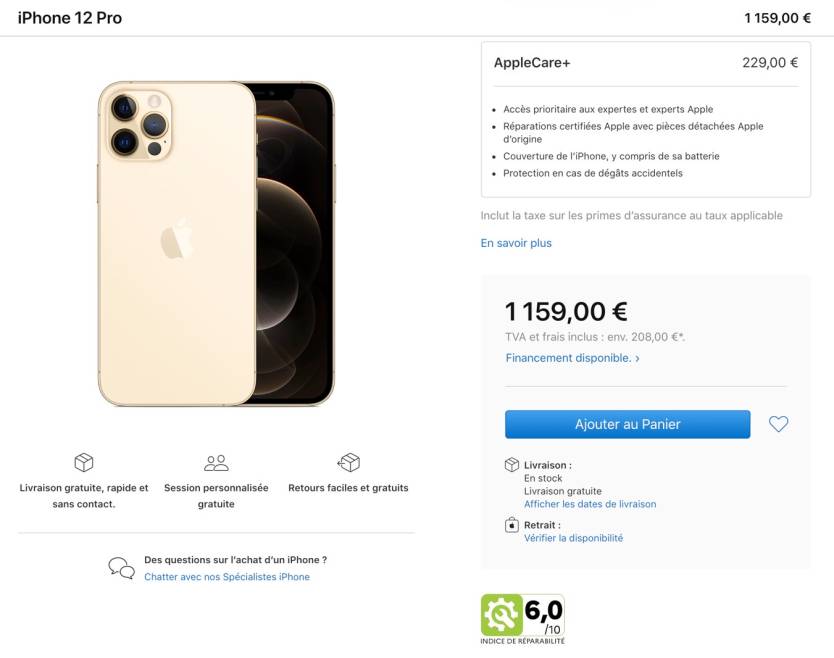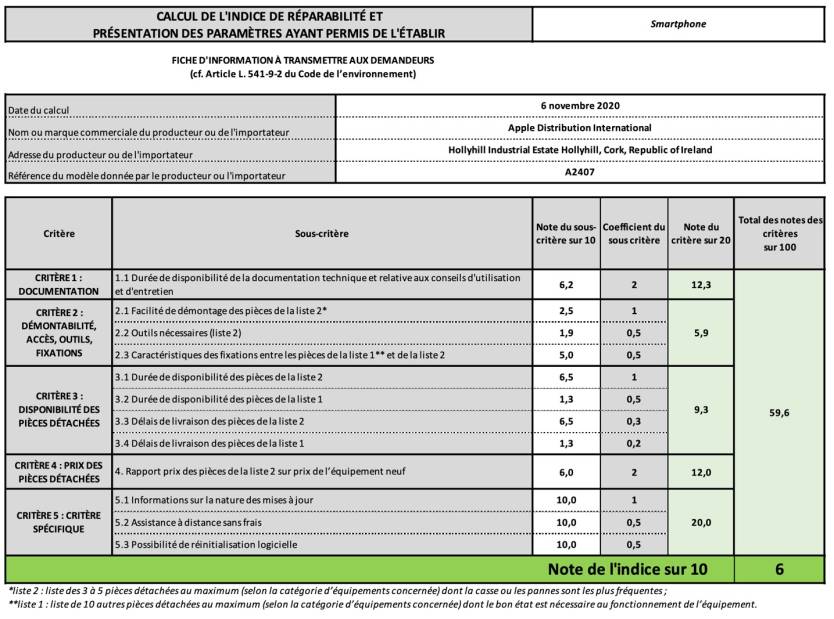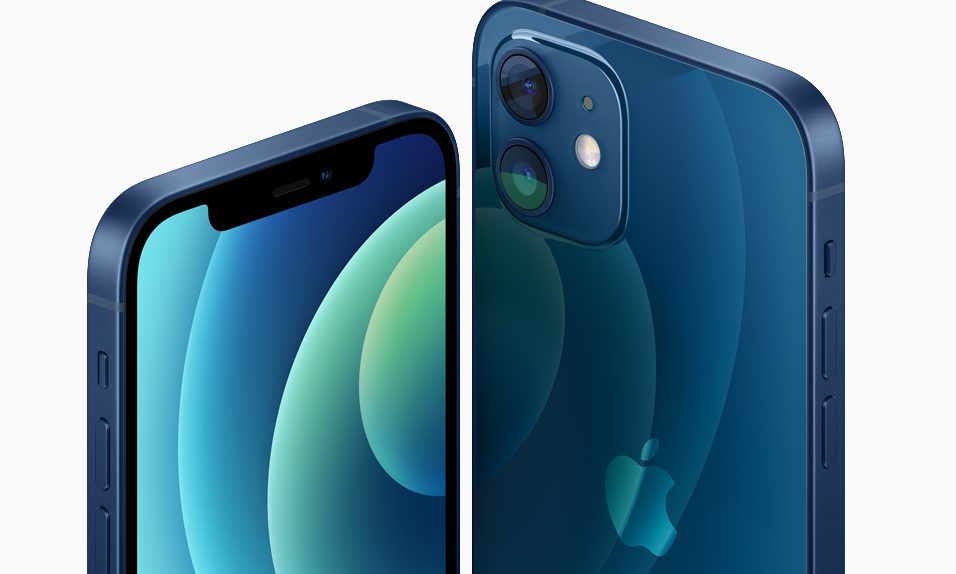- Apple has introduced repairability scores in France for iPhone, and MacBook versions bought online and in stores.
- A new French law forces electronic device makers to list repairability scores for the products they sell in the country.
- All the scores adhere to the same strict guidelines. The scores won’t be available outside of France for the time being.
If you’ve ever looked for information about repairing the iPhone or MacBook, you’ve probably stumbled upon teardown guides that featured a repairability score in addition to detailed information on how to perform those repairs yourself. Those scores aren’t and can be entirely objective, but they do indicate the difficulty of attempting a repair on your own. But in the future, you’ll be able to check Apple’s own repairability explanations for the iPhone 12, 2020 MacBooks, and older generations of these products. In the future, more Apple products might receive similar repair ratings. The caveat is that you’ll have to head over to Apple’s online store for France, which is the only place these scores appear.
First detailed by MacGeneration, the repair scores appear on one of the supported products’ purchase page. Choose one of Apple’s iPhones or MacBooks, simulate a purchase setup, and you’ll encounter something like this:

The iPhone 12 has a repairability score of 6/10. Apple has a new support document that lists all the supported iPhones and Macs, complete with an explanation of how that score was obtained. The score isn’t perfectly objective either, as you might expect, but it follows the same guidelines. The following factors impact the repair score, regardless of the electronic device sold in France:
- the availability of documentation (for repair, use and maintenance as well as the period during which this information is made available);
- disassembly (how easily this is done, how easy it is to get to parts, what tools are required, how the parts are fixed in the device);
- spare parts (period of availability and delivery times);
- the price of spare parts (compared to new);
- the available software updates, the offer of remote technical assistance free of charge and the possibility of resetting your device in a software way.
Attempting to use a repairability scale for all electronic devices seems to be a futile attempt to quantify something that can’t really be quantified. Yet Apple and everyone else selling smartphones, laptops, and other electronics in France have to do it. These repairability scores won’t only be found online. They’ll appear in retail stores as well.
France passed a new law that forces companies to provide these repairability indices by using the same measurement scale. The new anti-waste law aims to encourage buyers to repair their devices rather than replace them with new products. This could have an impact on the environment by reducing waste and extending the life of products.

If successful, this pilot might lead to similar measures across the European Union and other markets. The European Parliament voted last year in favor of the right to repair, so the basis for such laws is already there. There has been plenty of debate in recent years on right to repair legislation, and similar laws might be passed in other regions.
Apple has always showcased its latest innovations related to reducing waste and its carbon footprint. The latest moves concern the iPhone and Apple Watch, which ship without certain accessories in the box. Apple said the smaller retail boxes would allow it to transport more units with each shipment from its Asian suppliers and reduce waste. More recently, Apple also launched a repair program for iPhone 12 and iPhone 12 mini that reduces the time to make some repairs. This could also lead to reducing waste and improving parts recycling initiatives.
Seeing those repairability scores online or in stores could also warn consumers to take appropriate measures to protect their devices against accidental damage. The lower the score, the more difficult and probably more expensive the repair process might be. The repair scores are not tied to repair cost tiers, however.








